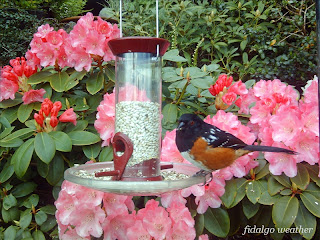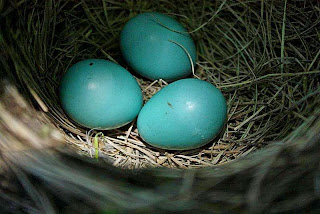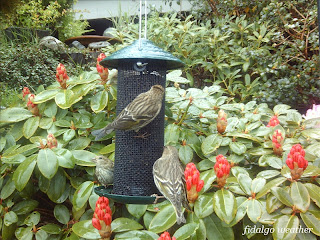Are the Madrona Trees Dying?

Last August I posted an article about a very special tree that grows in the Pacific Northwest. I noted that it doesn't follow any of the tree rules. This is the Pacific Madrona ( Arbutus menziesii ), as we call them around here. In California they say Madrone and in Canada, Arbutus. As I have pointed out previously, I practice a kind of "serendipity gardening." Along with the plants I purchase in nurseries, I often let things grow that spring up on their own. I am fortunate to have had several Madronas come up in my yard. My driveway is lined with them, and this has become a very special feature. They cannot be transplanted and the Sunset Western Garden Book notes, "if you live in Madrone country and have a tree in your garden, treasure it." In a local news feed that I follow, I was startled to read that hundreds of Madronas are dying in the nearby San Juan Islands. The problem has been attributed to a fungal disease that has thought to hav












